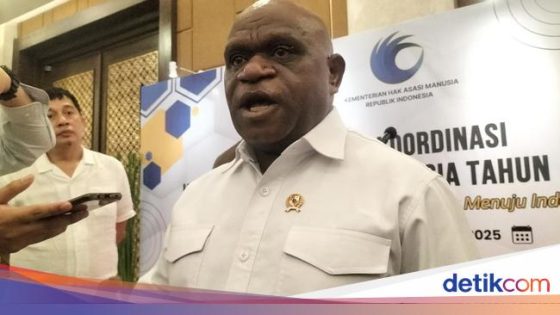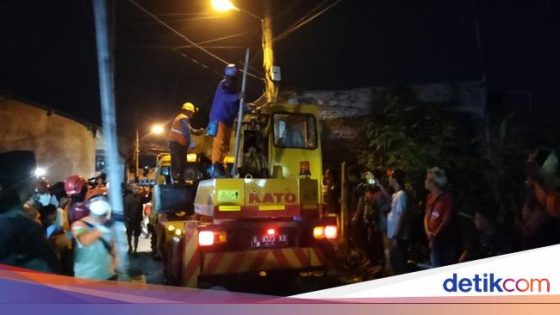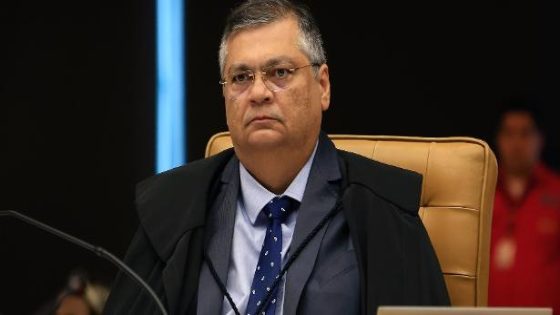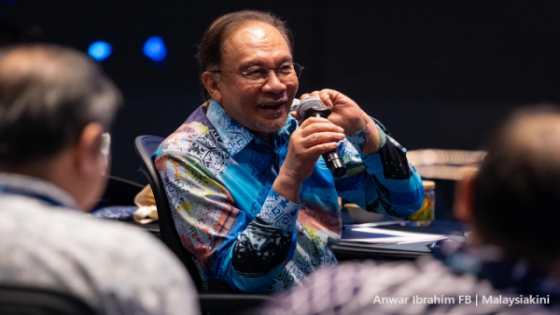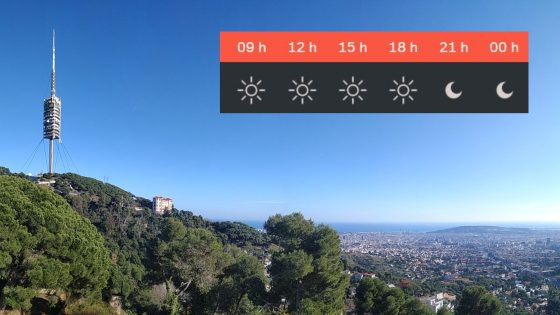On February 5, 2025, Indonesian Minister of Human Rights Natalius Pigai responded to criticism regarding his performance in the first 100 days of his tenure. Many are questioning why the Ministry of Human Rights seems less visible compared to organizations like Komnas HAM. What does this mean for human rights in Indonesia?
- Natalius Pigai addresses performance criticism.
- Ministry of Law and Human Rights role clarified.
- DPR expects more field presence from ministry.
- Siti Aisyah questions Pigai's visibility in office.
- Focus on regulations, not direct case involvement.
- Viral human rights violations highlighted by DPR.
Why Are Human Rights Violations Still a Concern in Indonesia?
As human rights violations continue to make headlines, the question arises: how effective is the Ministry of Human Rights? Minister Pigai emphasizes that his role is to develop policies and regulations, not to act like NGOs or Komnas HAM. But is this enough?
Understanding the Role of the Ministry of Human Rights in Indonesia
The Ministry of Human Rights is tasked with creating policies that govern human rights practices in Indonesia. Unlike Komnas HAM, which investigates cases, the Ministry focuses on regulatory frameworks. This distinction is crucial for understanding the limitations of their actions.
Key Responsibilities of the Ministry of Human Rights
Minister Pigai outlines the Ministry’s primary functions:
- Developing human rights regulations
- Creating policies for the protection of human rights
- Collaborating with other governmental bodies
- Providing oversight without direct intervention in cases



